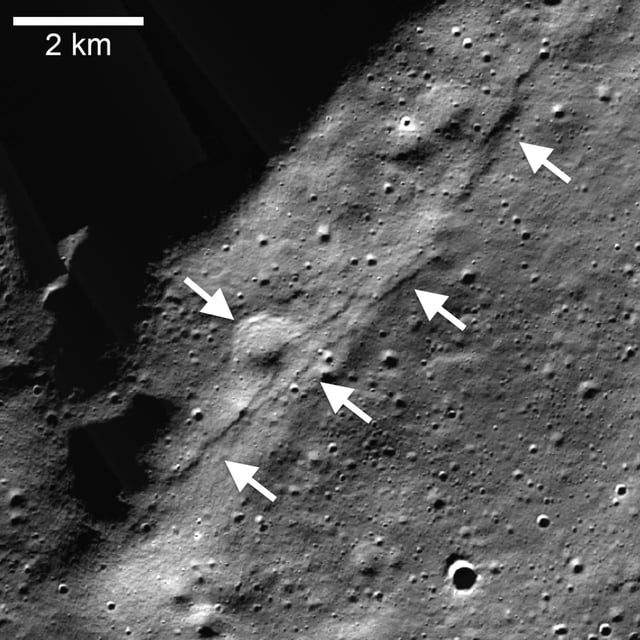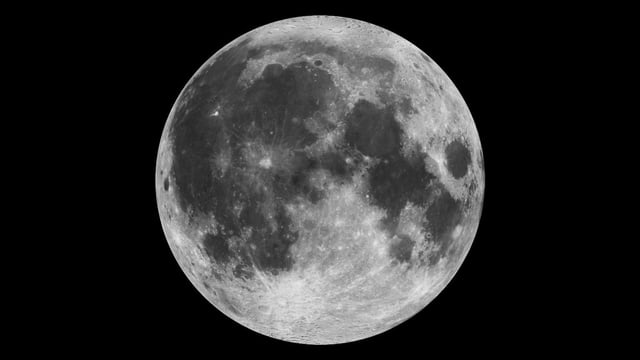Overview
- The moon's core is gradually cooling and shrinking, causing the lunar surface to develop creases that result in 'moonquakes' and landslides.
- NASA-funded study links a powerful moonquake to a series of faults in the lunar south pole, a region of interest for future human settlements and equipment.
- The moon has shrunk by about 150 feet in circumference over the last few million years, a significant number in geological terms.
- The strongest recorded moonquake was the equivalent of magnitude 5.0, which would feel worse on the moon due to its lower gravity.
- Despite the potential danger, moonquakes pose a low risk to short-term missions on the lunar surface, but could factor into site selection for long-term human presence.

